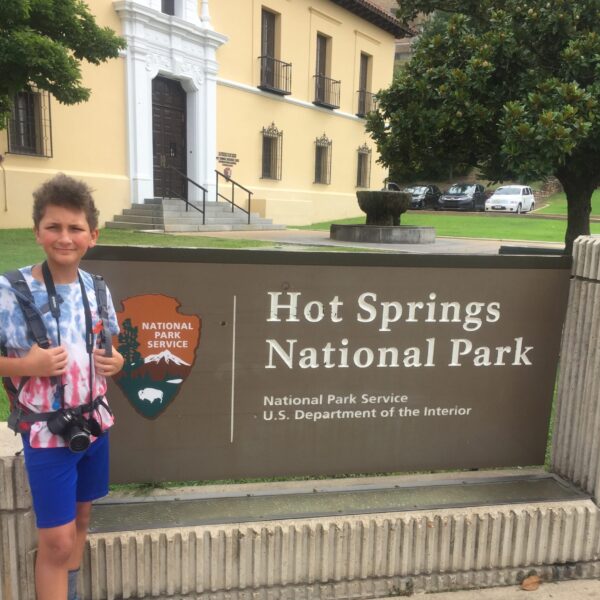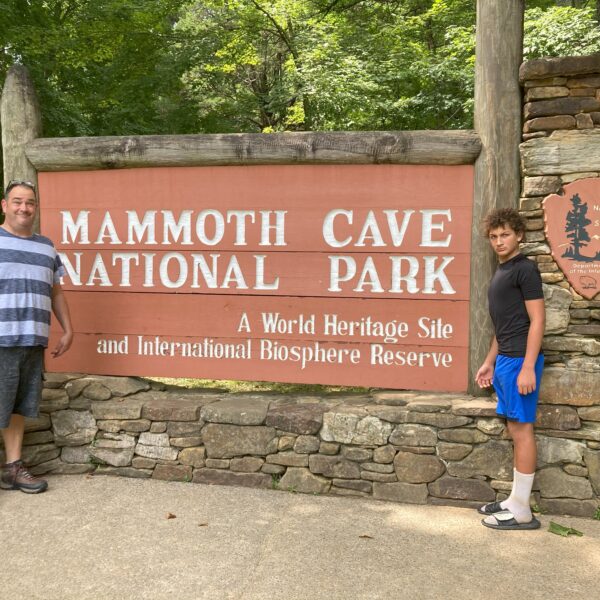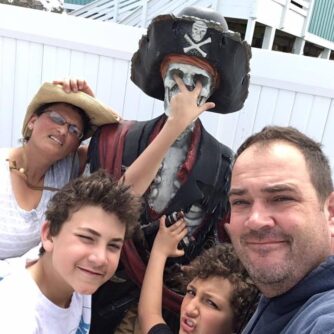When it comes to immersing yourself in the natural beauty of the United States, there’s no better way than RV camping in National Parks. With over 400 national park sites across the country—ranging from vast deserts and towering mountains to lush forests and coastal gems—the options for exploration are endless. Traveling by RV not only offers the freedom to roam but also adds comfort, convenience, and a sense of adventure to your journey.
Whether you’re a solo traveler, a couple looking for a getaway, or a family seeking a memorable vacation, RVing through national parks brings you closer to nature and further from the daily grind. One unique perk that makes national parks especially family-friendly is the Junior Ranger Program—a fun, educational experience designed to engage kids and deepen their appreciation of the parks.
In this blog post, we’ll explore why RVing is one of the best ways to visit national parks, tips for planning your adventure, and how your children can become Junior Rangers during your trip.
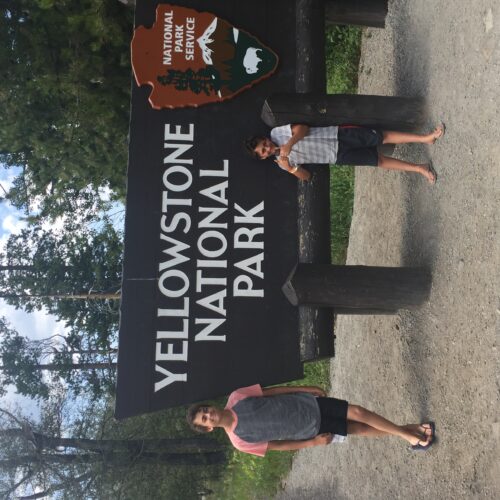
Why Go RV Camping in National Parks?
RV travel has surged in popularity, especially among nature lovers and families seeking safe, flexible vacation options. Here’s why national parks and RVs are a match made in outdoor heaven:
-
Unmatched Access to Nature
Most national parks offer campgrounds designed for RVs, often with sites tucked deep within the park boundaries. Wake up to elk grazing nearby in Yellowstone, enjoy a cup of coffee under ancient sequoias, or stargaze from your campsite in Arches—these experiences are uniquely accessible when you travel by RV.
-
Comfort and Convenience
Unlike tent camping, RVing allows you to enjoy homey comforts like a kitchen, bed, and private bathroom—all while still being immersed in the wild. It’s especially helpful for families with young children, elderly travelers, or those with special needs.
-
Cost Savings
While some national park campgrounds charge a nightly fee, it’s still significantly cheaper than hotels or resort stays. With your own food, gear, and transportation rolled into one, RVing is a budget-conscious way to see more of the country.
-
Community and Camaraderie
RV parks and campgrounds often foster a friendly community vibe. You’ll meet fellow travelers, share stories by the campfire, and learn tips from experienced RVers who’ve “been there and done that.”
Planning Your National Park RV Adventure
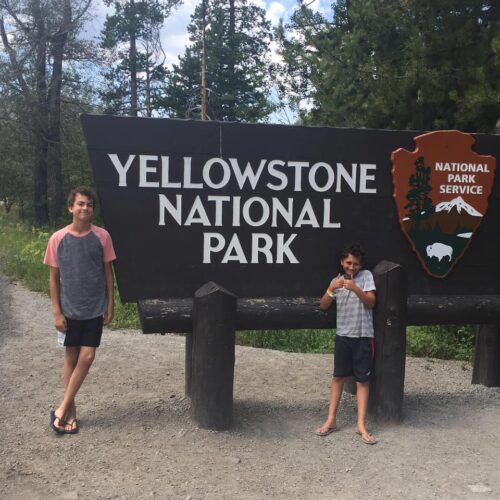
To make the most of your national park road trip, a bit of planning goes a long way.
-
Reserve Campgrounds Early
Many popular parks like Yellowstone, Yosemite, and Glacier book out months in advance, especially in summer. Use Recreation.gov to reserve spots in national park campgrounds. Also, check size restrictions—some parks have limitations on RV length.
-
Plan for Connectivity (or Lack Thereof)
Many parks have limited or no cell service. Download maps and trail info beforehand, and consider bringing a paper atlas or GPS designed for RVs.
-
Pack Smart
Stock up on essentials, including water, non-perishable food, propane, and camping gear. Don’t forget insect repellent, sunscreen, and binoculars!
Consider Park Passes

If you’re planning to visit multiple national parks on your RV trip, the America the Beautiful Pass is a must-have. This annual pass costs $80 and grants you and your passengers access to over 2,000 federal recreation sites, including all U.S. national parks, national monuments, and national forests.
That means you pay one flat fee instead of individual park entrance charges, which can range from $20 to $35 per park. For RVers exploring multiple destinations in a single road trip—or planning more adventures over the year—the pass quickly pays for itself.
You can purchase the America the Beautiful Pass online or at many national park entrances. Seniors, military members, veterans, and those with permanent disabilities are eligible for discounted or free versions of the pass, so be sure to ask at the entrance station or check online before your trip.
Not only is this pass convenient and cost-effective, but it’s also a great way to support the National Park Service and its ongoing conservation efforts. Plus, flashing your pass at the gate just feels like an RV road trip badge of honor!
The Junior Ranger Program: A Family Favorite
One of the hidden gems of the National Park experience is the Junior Ranger Program, designed to engage kids (typically ages 5–13) in learning about the parks in an interactive and meaningful way. But don’t be surprised if teens and even adults want to join in the fun!
How It Works
At the park’s visitor center, ask a ranger for a Junior Ranger activity booklet. Each park has a unique version filled with puzzles, scavenger hunts, drawing prompts, and questions about the park’s wildlife, geology, and history.
After completing the required number of activities (varies by age), your child brings the booklet back to a ranger. There’s often a brief “ceremony” where they’re sworn in as an official Junior Ranger and awarded a badge or patch.
Why It’s Great
- Educational: The activities align with National Park Service goals to teach environmental stewardship, park history, and conservation.
- Interactive: Kids are more engaged in hikes, ranger talks, and scenic drives when they’re on a mission.
- Memorable Souvenirs: Collecting badges from each park becomes a treasured keepsake and encourages repeat visits.
Some parks even offer virtual Junior Ranger programs for those unable to travel or who want to prepare before arriving.
Top National Parks for RV Families with Junior Rangers
While every park has its own magic, some stand out for family-friendly RV camping and Junior Ranger experiences:
1. Yellowstone National Park (Wyoming/Montana/Idaho)
The first and one of the most iconic national parks, Yellowstone has multiple RV campgrounds and a stellar Junior Ranger program focused on wildlife, geysers, and conservation.
2. Great Smoky Mountains National Park (Tennessee/North Carolina)
America’s most visited park, it features lush trails, historic cabins, and no entrance fee. Kids can become Junior Rangers and even join special seasonal programs like Firefly Viewing.
3. Bryce Canyon National Park (Utah)
Easy hikes, surreal rock formations, and a great night sky program make this a hit for RV families. The Junior Ranger booklet includes stargazing and geology activities.
4. Acadia National Park (Maine)
Ideal for East Coast families, Acadia offers ocean views, forested hikes, and well-kept campgrounds. The Junior Ranger program includes tidal pool exploration and birdwatching.
5. Joshua Tree National Park (California)
A favorite for families who enjoy stargazing and climbing among strange rock formations and ancient trees. The Junior Ranger activities here emphasize desert ecosystems.
Wrapping Up: More Than Just a Road Trip
RVing through national parks is more than a vacation—it’s an adventure, an education, and a bonding experience that builds lifelong memories. Whether it’s your first RV trip or your fiftieth, every park brings something new and awe-inspiring.
And for families, the Junior Ranger program adds an extra layer of meaning. Watching your child stand proudly as they earn their badge and pledge to protect these precious places is a moment you won’t forget.
So fire up the engine, stock the fridge, grab the Junior Ranger booklets, and hit the road. America’s natural wonders await—one mile, one badge, and one memory at a time.





